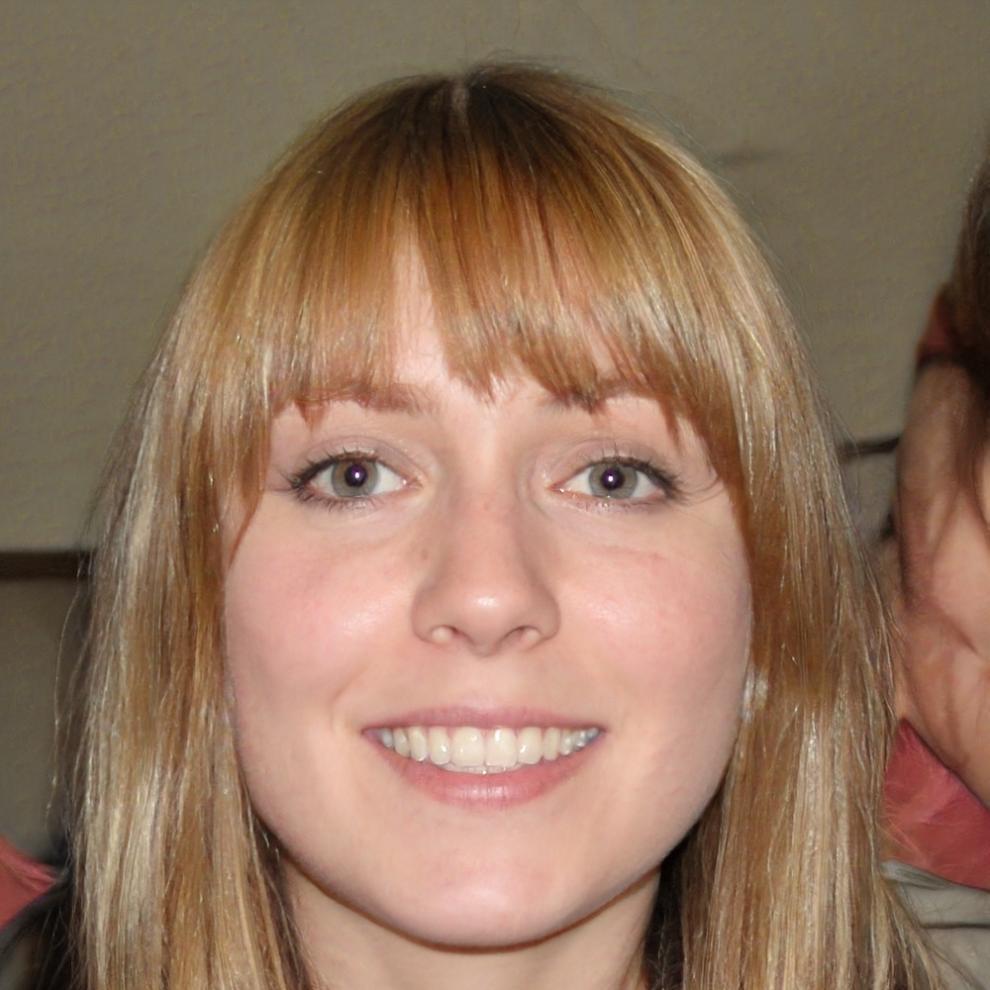Financial modeling that adapts to reality
Building scenarios is less about predicting the future and more about understanding what might happen if conditions shift. We've spent years refining ways to help businesses in South Korea plan for uncertainty without pretending we have all the answers.
Real financial planning happens when you stop chasing perfect forecasts and start exploring possibilities. That's where scenario modeling becomes useful—not as fortune-telling, but as strategic thinking.
Variable-based thinking
Markets don't move in straight lines. We build models around key variables—exchange rates, interest shifts, demand changes—so you can test different outcomes instead of betting on one scenario. This approach came from working with mid-sized exporters who needed to plan around currency volatility without freezing their operations.
Layered probability mapping
Some events are more likely than others, but assigning exact probabilities is tricky. Instead, we create probability ranges for different scenarios. It's not about being right—it's about knowing which outcomes to prepare for first. This method evolved from watching too many businesses get caught off-guard by "unlikely" events.
Constraint-aware modeling
Your business has limits—cash flow, production capacity, regulatory boundaries. We embed those constraints directly into scenarios so models reflect what's actually possible rather than theoretically ideal. Learned this the hard way when early models suggested expansion plans that clients physically couldn't execute.
Iterative scenario revision
Financial models aren't static documents you build once and file away. As conditions change, scenarios need updating. We've designed our approach around quarterly reviews where you adjust assumptions based on what's actually happening in your business and market. Keeps the work relevant beyond initial planning.
How we structure scenario development
This isn't a rigid process—more like a framework that adapts based on what your business actually needs. Most projects move through these stages over 8-12 weeks, though timeline varies.
Variable identification
We start by mapping which factors actually influence your financial outcomes. Not every metric matters equally. Through interviews and historical analysis, we identify 5-8 key variables that drive results in your specific context.
- Revenue drivers and cost structure analysis
- External factor assessment (market, regulatory, economic)
- Operational constraint mapping
Range setting and assumption testing
For each variable, we establish realistic ranges—best case, likely case, stress case. This involves challenging assumptions with historical data and market research. The goal is bracketing possibilities without creating false precision.
- Historical volatility analysis for each variable
- Peer comparison and market benchmarking
- Assumption documentation and sensitivity testing
Scenario construction
This is where variables combine into coherent scenarios. We typically build 4-6 scenarios that represent different futures your business might face. Each scenario includes narrative context—not just numbers, but the story of what's happening.
- Core scenario development with logical consistency
- Cross-variable interaction modeling
- Financial projection generation for each scenario
Decision framework integration
Scenarios are useless unless they inform decisions. We work with your team to identify trigger points—specific indicators that suggest one scenario is emerging over others. This creates an early warning system for strategic pivots.
- Trigger point identification and monitoring setup
- Decision tree mapping for different scenarios
- Action plan development with lead time considerations
People behind the methodology

Rhett Callaghan
Scenario Design Lead
Spent a decade in corporate planning before moving to consulting. Builds models that businesses actually use instead of file away. Strong believer that complexity should stay in the background.

Sloane Pemberton
Quantitative Analyst
Background in econometrics and financial modeling. Handles the technical architecture behind scenario frameworks. Also the person who catches unrealistic assumptions before they make it into client deliverables.
Hollis Creighton
Client Integration Specialist
Works directly with finance teams to implement scenario frameworks. Focuses on making sure models integrate with existing planning processes rather than creating parallel systems nobody uses.

Why this approach works differently
Most financial planning assumes you can predict what's coming. We've seen enough surprises to know that's not realistic—especially in volatile markets like South Korea's export sector.
The shift we're making is from prediction to preparation. Instead of building one forecast you hope is correct, you develop multiple scenarios and monitor which one is materializing. Gives you lead time to adjust strategy before problems become crises.
Scenario models stay current
We build quarterly review cycles into the framework so assumptions get updated based on actual business performance and market shifts.
Cross-functional input matters
Finance teams don't have all the answers. We involve operations, sales, and leadership to stress-test assumptions from multiple perspectives.
Documentation that explains reasoning
Every scenario includes the logic behind assumptions. When you revisit models six months later, you understand why decisions were made.